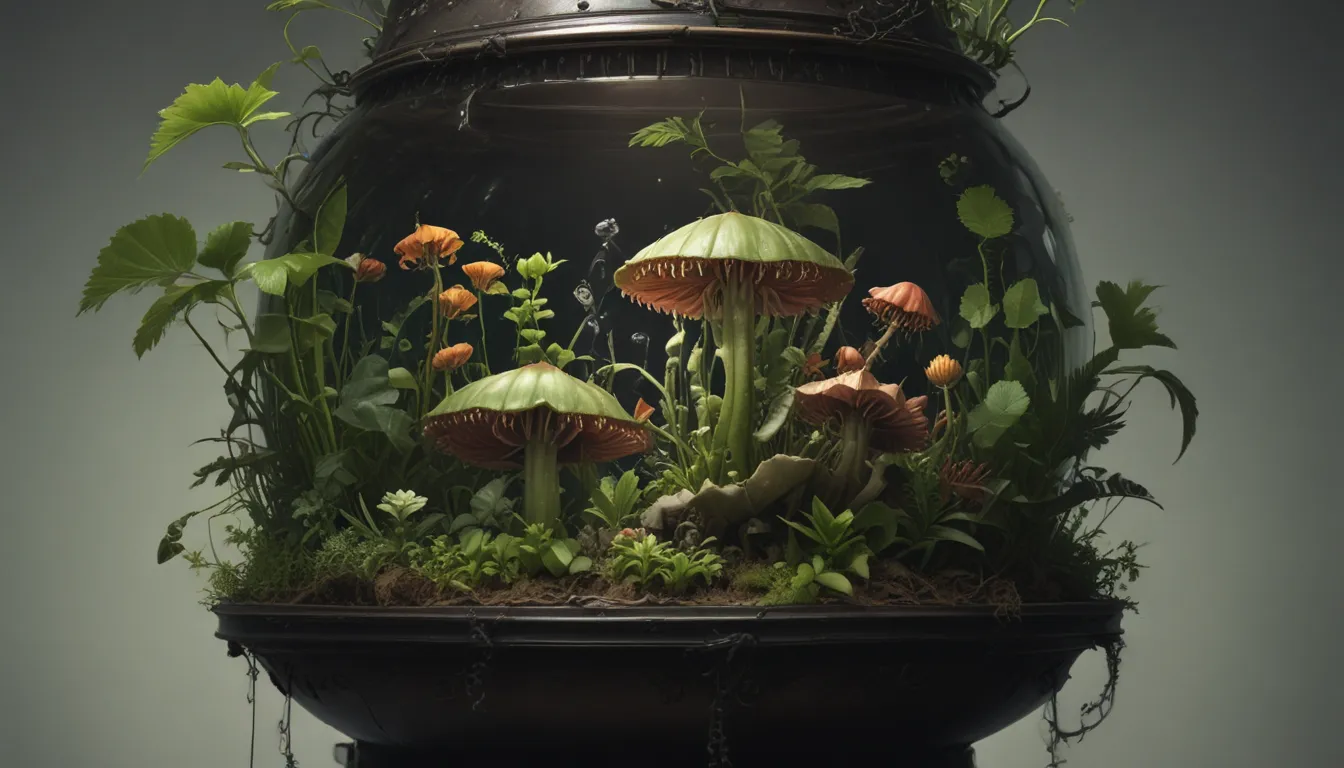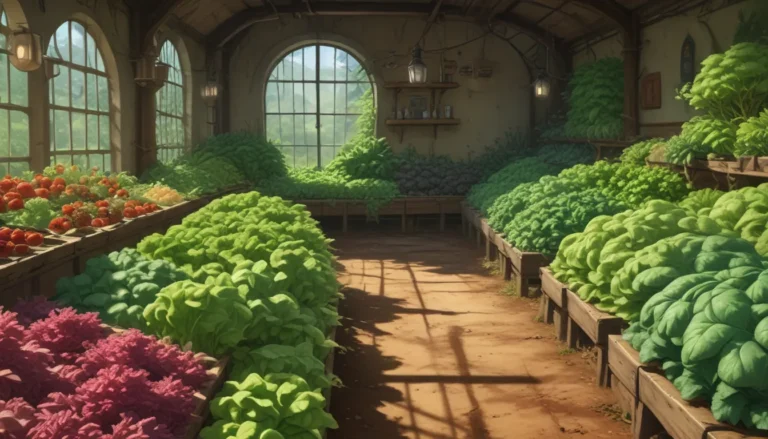Why Is My Venus Flytrap Turning Black?

Venus flytraps, known for their vivid colors and carnivorous nature, may sometimes leave you puzzled when they start turning black. But fear not, there are reasons behind this phenomenon and steps you can take to help your plant thrive.
Let’s dive into understanding why Venus flytraps turn black and how you can prevent or address this issue. From ensuring they receive enough light to dealing with pest infestations, we’ll cover it all.
Why Venus Flytraps Turn Black
Venus flytraps may turn black for several reasons, including dormancy, inadequate light, pest infestation, potting media issues, feeding problems, or water-related concerns. Let’s explore these factors in more detail:
-
Not Enough Light
- Venus flytraps need at least six hours of direct sunlight per day to thrive. If they don’t receive enough light, they may start to turn black due to lack of photosynthesis. Consider moving them to a brighter location or using a grow light to supplement their light exposure.
-
Pest Infestation
- Common pests like aphids and spider mites can wreak havoc on Venus flytraps, leading to black spots on the leaves. Address pest issues by manually removing them or using treatments like miticides to control infestations and prevent further damage.
-
The Wrong Potting Media
- Venus flytraps thrive in acidic, nutrient-deficient soil similar to their bog habitats. Ensure you use appropriate potting media like peat moss or a carnivorous plant soil mix to mimic their natural environment and prevent leaf blackening.
-
Too Much or Too Little Food
- Feeding Venus flytraps with improper prey, overfeeding, or offering unsuitable food items can result in blackening of the traps. Stick to soft-bodied insects and maintain a feeding schedule to prevent this issue.
-
Water Issues
- Venus flytraps are sensitive to water quality and moisture levels. Avoid using tap water or bottled water with high mineral content, as it can lead to root burns and black foliage. Opt for rainwater or distilled water and ensure you water your plant appropriately to prevent overwatering or underwatering.
By addressing these factors, you can help your Venus flytrap maintain its vibrant colors and health.
Tips for Healthy Venus Flytraps
To ensure your Venus flytrap stays in top condition, here are some additional tips to consider:
- Provide 10 weeks of dormancy each year for robust growth.
- Monitor light exposure and consider using a grow light if needed.
- Check for pest infestations regularly and treat promptly.
- Use appropriate potting media and avoid fertilizers.
- Feed your plant suitable prey in moderation.
- Water with rainwater or distilled water to avoid root burns.
- Maintain consistent moisture levels without overwatering or underwatering.
With proper care and attention to these details, your Venus flytrap will continue to thrive and delight you with its unique features.
Keep Your Venus Flytrap Healthy
Remember, a little TLC goes a long way when it comes to caring for your Venus flytrap. By understanding their needs and addressing any issues promptly, you can enjoy a vibrant and healthy plant that captures your attention and admiration.
Have you encountered blackening in your Venus flytrap? Share your experiences and tips in the comments below! And if you’re interested in learning more about carnivorous plants, be sure to explore our related guides on growing and caring for these fascinating species.
Stay curious and keep nurturing your botanical companions!
Additional writing by [Your Name]





